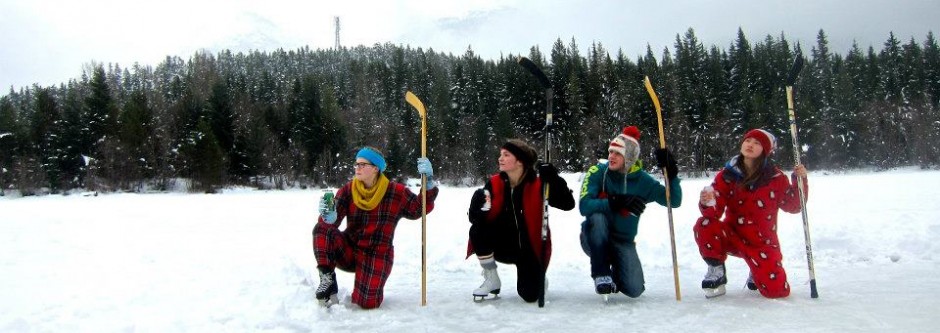3) In order to address this question you will need to refer to Sparke’s article, “A Map that Roared and an Original Atlas: Canada, Cartography, and the Narration of Nation.” You can easily find this article online. Read the section titled: “Contrapuntal Cartographies” (468 – 470). Write a blog that explains Sparke’s analysis of what Judge McEachern might have meant by this statement: “We’ll call this the map that roared.”
————
In 1987 the case of “Delgamuukw vs. B.C” went to trial regarding the “legitimacy” of the land claims made by two First Nations groups. The Gitxsan and Wet’suwet’en brought the case to court hoping for recognition of their native sovereignty. A map was brought forward in order to appeal to the traditions of those who would be ultimately in charge of the final decision, or as Sparke wrote in his article, to “outline their own sovereignty in a way the Canadian court might understand”(Sparke 468).
There is a confusion when one culture’s legal system is used to determine the legitimacy of another culture. Can there ever be enough sufficient evidence to gain a full understanding of ownership from the perspective of another culture? Although McEachern eventually ruled against the First Nations claims, Ken Muldoe, the Gitxsan chief, voiced that it would not change the minds of the First Nations people and their connection to the land. “We do not seek a decision as to whether or our system might continue or not. It will continue” (Sparke 463, as quoted in Monet and Skanu’u).
McEachern had called the map presented to him as “the map that roared”, possibly a play on words of the novel “The Mouse that Roared”, a satirical book and movie that launched questions on modern politics and worldly situations. Chief Justice McEachern did not perhaps entirely understand the map, and could not possibly comprehend the traditions, stories, and history connected to it by the Gitxsan and Wet’suet’en, however I think he understood the impact that the map would have. He realized that this map would raise important discussions between the First Nations and the Canadian Government, causing the much needed awareness to the policies involving the two groups. In referring to the map as a “paper tiger” he “evoked the resistance to the First Nations’ remapping of the land” (Sparke 468).
Work Cited
Sparke, Matthew. “A Map that Roared and an Original Atlas: Canada, Cartography, and the Narration of Nation.” Annals of the Association of American Geographers, 09/1998, Volume 88, Issue 3. 15 Feb, 2015. Web. http://www.uky.edu/~tmute2/geography_methods/readingPDFs/sparke-narration.pdf
Delgamuukw vs. B.C. 1997. SCC. The Canadian Legal Information Institute. 21 Feb, 2015. Web. http://www.canlii.org/en/ca/scc/doc/1997/1997canlii302/1997canlii302.pdf

Hi Charlotte,
I really enjoyed reading your blog post, thank you for the wonderful insight! I was really struck by the question you posed regarding this issue: “Can there ever be enough sufficient evidence to gain a full understanding of ownership from the perspective of another culture?”. I don’t think there ever will be a point where an outsider will be able to gain a full understanding of traditions or beliefs of another culture. However, I believe our society can reach a point in which different cultures are able to appreciate and respect understandings of ownership from the perspective of another culture. For me, the best way to approach the sense of ownership from the perspective of another culture is by experiencing another culture as a new learning experience. I want to be able to engage with the First Nations culture from the perspective of a human being with a blank slate. I would eliminate any preconceived thoughts I have about another culture as well as my own. What are your thoughts about the question you posed?
Thank you very much,
Regards,
Rajin Sidhu
I agree with you, Rajin. I think that ownership can be respected, but I am not entirely sure that someone can completely understand the importance of another cultures traditions, histories, or understanding of ownership. I find it a little disconcerting that one culture can judge another’s sense of home, yet because of the history of Aboriginal/European interactions in Canada, clashes of interest such as this seem inevitable.
– Charlotte